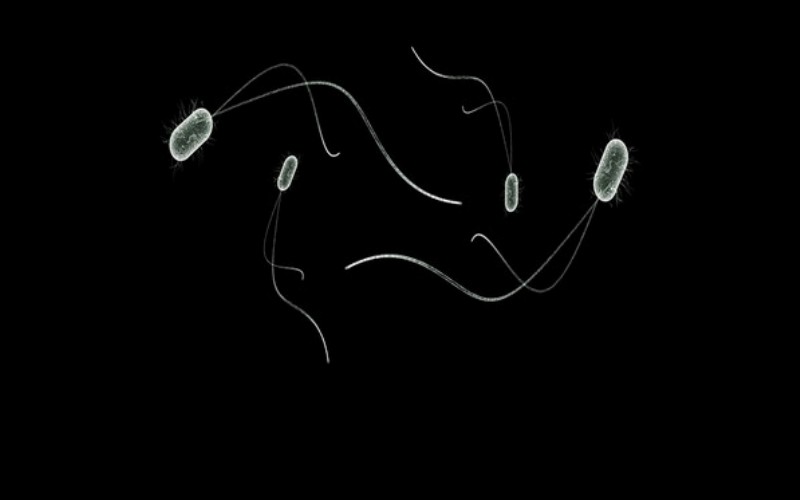Washington: A new study has found Antibiotic-Resistant Genes (ARGs) that were first detected in urban India, around 8,000 miles away in one of the last ‘pristine’ places on earth.
Researchers who took soil samples in the region of Svalbard have now confirmed the spread of blaNDM-1 into the High Arctic – an ARG originally found in Indian clinical settings, which conditionally provides multidrug resistance (MDR) in microorganisms.
Published in the academic journal Environmental International, the research was carried out by an international team of experts from the Universities of Newcastle, York and Kansas and the Chinese Academy of Science in Xiamen, and was funded by the UK Natural Environmental Research Council and other agencies.
The rapid spread of blaNDM-1 and other MDR genes across the world is a growing concern because they often target “last resort” classes of antibiotics, including Carbapenems.
The research team, led by Newcastle University’s Professor David Graham said that blaNDM-1 and other medically-important ARGs were found in Arctic soils that were likely spread in the faecal matter of birds, other wildlife and human visitors to the area.
Speaking about it, Professor Graham, an environmental engineer, said, “Polar regions are among the last presumed pristine ecosystems on Earth, providing a platform for characterizing pre-antibiotic era background resistance against which we could understand rates of progression of AR pollution.”
He added that less than three years after the first detection of the blaNDM-1 gene in the surface waters of urban India, it is being found thousands of miles away in an area where there has been minimal human impact.
“Encroachment into areas like the Arctic reinforces how rapid and far-reaching the spread of antibiotic resistance has become, confirming solutions to AR must be viewed in global rather than just local terms,” Graham said.
Notably, increasing antibiotic resistance is a global health crisis. An example is NDM-1, which is a protein that can confer resistance in a range of bacteria. NDM-1 was first identified in New Delhi and coded by the resistant gene blaNDM-1.
Strains that carry blaNDM-1 were first found in clinical settings in 2008, but by 2010 blaNDM-1 was found in surface waters in Delhi. Since then, the resistant gene has been found in over 100 countries, including new variants.
There are currently few antibiotics to combat bacteria that are resistant to Carbapenems – still a last-resort antibiotic class – and worldwide spread of blaNDM-1 and related ARGs is a concern.
[source_without_link]ANI[/source_without_link]

